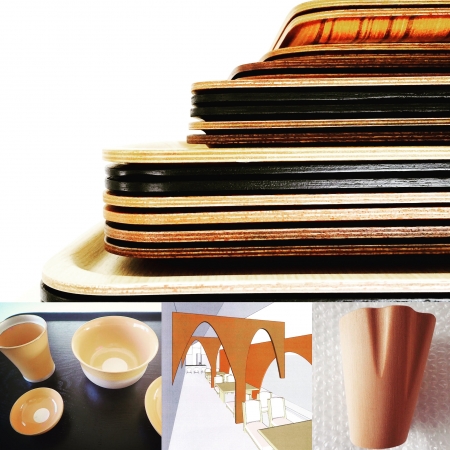歪みやノイズをいかす
全ての敷地のコンテクストには歪みやノイズが必ずあり、その歪みやノイズを均一にしてしまうような計画で建てること、すなわち、どこで建てても同じになる建築には魅力を全く感じない。
この場合の均一化は、均一に均すというより、均一な枠組みに無理矢理嵌め込むようなイメージであり、枠組みがあった方が管理しやすく、再現性があるから良いという理屈になり、それは効率化へつながる。
では歪みやノイズをいかしながら、管理の良さと再現性を求めてみたることはできるだろうかと考えみた時、中和が有効手段だと思った。一旦ニュートラルな状態にする中和は、一見均一化に似ているが、元々あるモノとのつながりを断絶せずに維持する点で相違がある。
中和は歪みやノイズを一旦ニュートラルにするが、その過程では最大の歪みやノイズを発生し新しいモノを生むことができる。だから、効率化されたモノとは全く違うモノになる。
"Making use of distortion and noise"
There is always distortion and noise in the context of every site, and I am not attracted to building with a plan that evens out the distortion and noise, that is, the same architecture no matter where it is built.
Uniformization in this case is more like forcibly fitting into a uniform framework rather than evening it evenly, and it is the theory that it is better to have a framework because it is easier to manage and reproducible, which is efficiency. It leads to reproducibility.
Then, when I wondered if it would be possible to seek good management and reproducibility while taking advantage of distortion and noise, I thought that neutralization was an effective means. Neutralization, once neutralized, is similar to homogenization at first glance, except that it maintains an unbroken connection to the original thing.
Neutralization makes distortion and noise neutral once, but in the process, the maximum distortion and noise can be generated and new things can be created. Therefore, it will be a completely different product from the one that has been streamlined.


